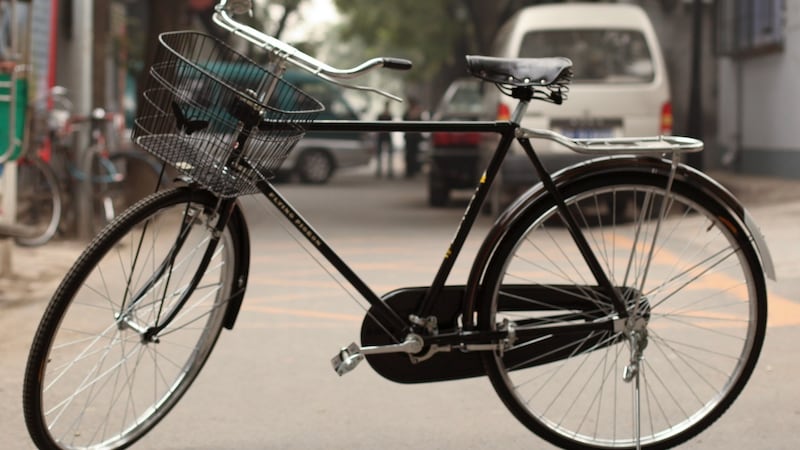The basic form of the bicycle has remained largely unchanged since its inception. At its heart, it remains essentially a simple machine. And therein lies its beauty.
That said, the bicycle has evolved hugely since the early days of velocipedes and penny farthings. To some, they are the only transport option while to others they are a hobby or, in many cases, a passion.
Below are some of the key machines in the development of the bicycle. They are not the best, per se, nor are they necessarily the fastest or toughest or most beautiful. But they were – or are – important in making bicycles what they are today.


1 In 1817, reputedly in response to a shortage of horses, German inventor Karl Drais devised the Laufmaschine (running machine). Also called the dandy horse, it was the first known example of the the two-wheeler principle that is basic to the bicycle and is regarded as the beginning of mechanised personal transport. Made of wood, it had a steerable front wheel and was propelled forwards by pushing along with the feet.
2 The Velocipede arrived in 1863. It differed from the dandy horse by having pedals attached to the front wheel, by which the cyclist powered the machine. Still pretty rudimentary, it had no brakes or gears and one imagines it earned the “bone shaker” nickname with some justification.
3 Things started to get weird with the “high wheeler” or “penny farthing”, which appeared seven years later. The pedals were still attached directly to the front wheel with no freewheeling mechanism. However, the front wheel was huge and the rider sat perched above it. With solid rubber tyres, it was far more comfortable than the Velocipede, though mounting it was notoriously difficult and dismounting presumably presented even more of a problem, particularly at speed.
4 The Rover Safety Bike, which first arrived in 1885, was basically the same design as standard contemporary bikes. It had a chain, brakes and two equal-sized wheels. Some models even had front and rear suspension. It also eventually used pneumatic tyres, which were invented in 1890 by Scottish-born Irish vet John Boyd Dunlop, apparently as a means of giving his sick son a more comfortable ride on his tricycle.
5 The Cargo bike turned bicycles from mere people carriers to freight vehicles when they emerged in the early 1900s. In the days before cars became widespread, they were used by everyone from butchers and bakers to postmen and milkmen. They’re still in use the world over.
6 The Chinese Flying Pigeon is nothing particularly special in design terms, but is hugely significant because it is the most popular bicycle ever, not to mention the most popular vehicle of any kind in the world. At least 500 million have been produced since it was introduced 60 years ago. That old footage you remember of the streets of Peking swarmed with cyclists? They’re all riding Flying Pigeons.
7 While the Raleigh Chopper may be iconic, many other bikes are too. To be honest, it's only on the list because everyone who was anyone had one when I was a kid. Which makes it important.
8 The Velo Jaune is far from the most exciting or glamorous machine on this list. In fact, they're ugly, heavy and slow. Introduced in the French city of La Rochelle in 1975, the Velo Jaune (Yellow Bicycle) was the first official bike-sharing scheme in the world. Such schemes have been embraced by urban dwellers worldwide.
9 In 1978, tired of trying to used modified road bikes to traverse rugged hill paths, American Joe Breeze built the prototype of the Breezer Series I, the world's first purpose-built mountain bike. With sturdier frames, lower gear ratios and suspension, mountain bikes soon exploded in popularity, terrorising and thrilling in equal measure.
10 Although they share the same essential design as the Safety Bike, modern road racing bikes are as different as a Bugatti Veyron is from a Ford Model T. One of the prime examples of the cutting-edge of bicycle technology is the Specialized S-Works Venge ViAS, which the US manufacturer brashly calls the fastest bike ever created.
Designed almost entirely in a wind tunnel, it boasts an aerodynamic carbon-fibre frame, electronic gearing, hidden brakes and sculpted handlebars.
Is it the fastest bike ever? Who knows. But it looks awesome. If Batman rode a bicycle, it’d be a Venge.










